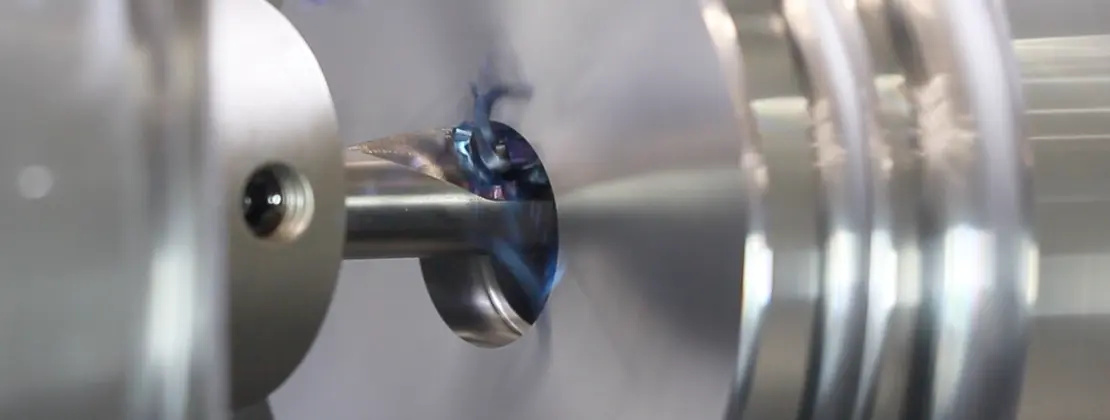

Achieving sustainable machining with trouble-free chip formation: 5 Key Steps
Determine the optimization criterion
To begin the optimization process, it is crucial to decide whether productivity or cost efficiency takes priority.
Focusing on one of these aspects will help concentrate efforts towards achieving the desired goal.
Adjust feed for long chips
If chips are too long, you can increase the feed rate for improved productivity. Alternatively, you can change the chip breaker to a stronger geometry for better cost efficiency, while ensuring that the feed remains within the range of the chip-breaking geometry.
Adjust feed for short chips
If chips are too short, you can change the chip breaker to a sharper geometry to improve productivity, or reduce the feed rate for better cost efficiency, while also keeping the feed within the range of the chip-breaking geometry.
Optimize cutting speeds
Lowering cutting speeds can improve cost efficiency while increasing cutting speeds can improve productivity.
Monitor and adjust the process
Continuous monitoring of the process and necessary adjustments are vital to ensure smooth chip formation.
At Palbit, we provide solutions to achieve trouble-free chip formation and sustainable manufacturing operations. By following these five simple steps, you can optimize your machining process to prioritize either productivity or cost efficiency, adjust feed and cutting speeds as needed, and continuously monitor and adjust the process for optimal performance.
Palbit's solutions help not only to improve the machining process but also to minimize the environmental impact of your operations, proving that we truly provide ToolingForYou.

